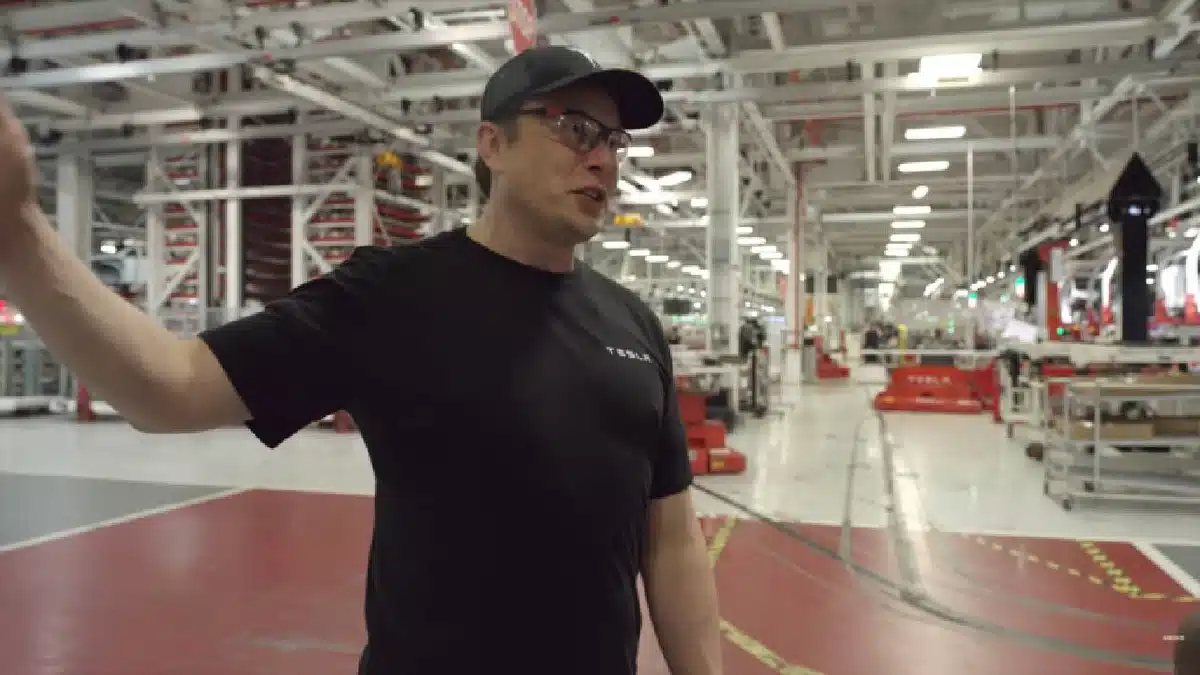A shock to Tesla’s growth engine
When a company’s most valuable asset is its infrastructure, gutting the team that builds it is a high‑stakes move. In a bid to cut costs, Elon Musk dismissed more than 500 members of Tesla’s Supercharger group, including division leader Rebecca Tinucci. The announcement soothed investors briefly, signaling decisive leadership amid slowing sales. But almost immediately, the decision strangled the very pipeline that powered Tesla’s strategic advantage.
“Firing the builders doesn’t make the buildings go up faster.”
The market sugar high, then reality
Wall Street loves a clean story, and sweeping cuts can look like swift discipline. The stock’s short pop reflected a narrative of regained control and streamlined focus. On the ground, however, crews stopped mobilizing, contractors paused work, and permitting calendars grew stale. Infrastructure is a relay, not a sprint, and every handoff depends on continuity.
Construction freezes and a late cash promise
The buildout of new Supercharger sites was effectively frozen, putting expansion plans on ice at a pivotal moment for Tesla’s charging lead. Utilities rely on years-long coordination, so even brief disruptions ripple across grid timelines. Municipal permits, site leases, and vendor commitments don’t snap back instantly once you flip the switch. Musk then pledged a fresh $500 million for Supercharger expansion—reassuring on paper, but arriving after momentum had already slowed.
That timing matters for competitive defensibility, because other automakers are adopting Tesla’s NACS standard and counting on a robust, growing network. A stall sows doubts among partners, dampens confidence, and invites rivals or third‑party networks to capitalize. In infrastructure, lost weeks can become lost quarters, and lost quarters can become lost markets.
Rehiring the know‑how
Within days, Tesla began to reassemble parts of the Supercharger team. Among those returning was Max de Zegher, a key figure in North American transport operations, a sign that leadership wanted institutional memory back. The number of rehires remains unclear, but the direction of travel is telling. Reversals like this echo Musk’s earlier hire‑fire‑rehire playbook at Twitter, where short-term savings collided with operational reality.
Building a charging network is not just about pouring concrete and ordering cabinets. It’s a long chain of local relationships, engineering standards, and field lessons that don’t live in an org chart. When you sever that chain, you lose nuanced judgment about siting, power availability, vendor quality, and what it actually takes to hit uptime targets at scale.
Why continuity is a moat
Supercharger has been Tesla’s most trusted touchpoint for millions of drivers, often more reliable than alternatives and central to the brand’s moat. As mainstream buyers consider EVs, they don’t shop for kilowatts—they shop for confidence. Confidence comes from predictable coverage, fast sessions, and stations that simply work. The team’s expertise translates directly into uptime, cost per stall, and time‑to‑energize—metrics that compound over time.
Institutional knowledge makes invisible decisions visible: which sites to prioritize, which utilities to escalate, which contractors can hit schedule at required quality. That’s the kind of muscle memory you can’t rebuild with a memo or a budget line.
What should happen next
To rebuild velocity without repeating the same whiplash, Tesla should prioritize a few disciplines:
- Stabilize leadership for charging with clear, durable mandates and protected headcount.
- Publish a quarterly Supercharger roadmap with targets for new sites, upgrades, and uptime.
- Lock in multi‑year vendor and utility agreements to absorb demand and avoid re‑tender delays.
- Double down on interoperability and NACS rollout so partner OEM drivers get first‑class experiences.
- Invest in field operations tooling—spares, diagnostics, and remote recovery—to keep downtime minimal.
The broader lesson for hypergrowth
There is a paradox at the heart of hypergrowth: the moves that look bold in a spreadsheet can be fragile in the field. Software can rebound quickly from staff cuts; hardware networks rarely can. You can’t demand compounding scale while deleting the people who make compounding possible. Cost discipline is essential, but precision—choosing what not to break—is the hallmark of durable leadership.
Tesla’s partial rewind suggests the message landed: the Supercharger network is not just a cost center, it’s a strategic operating system. Rehiring is a start, yet the real test is whether Tesla turns this episode into sustained clarity—stable teams, transparent plans, and the patience to let infrastructure compound. If it does, the network remains a formidable advantage. If it doesn’t, this brief pause may become a longer, costlier detour.

